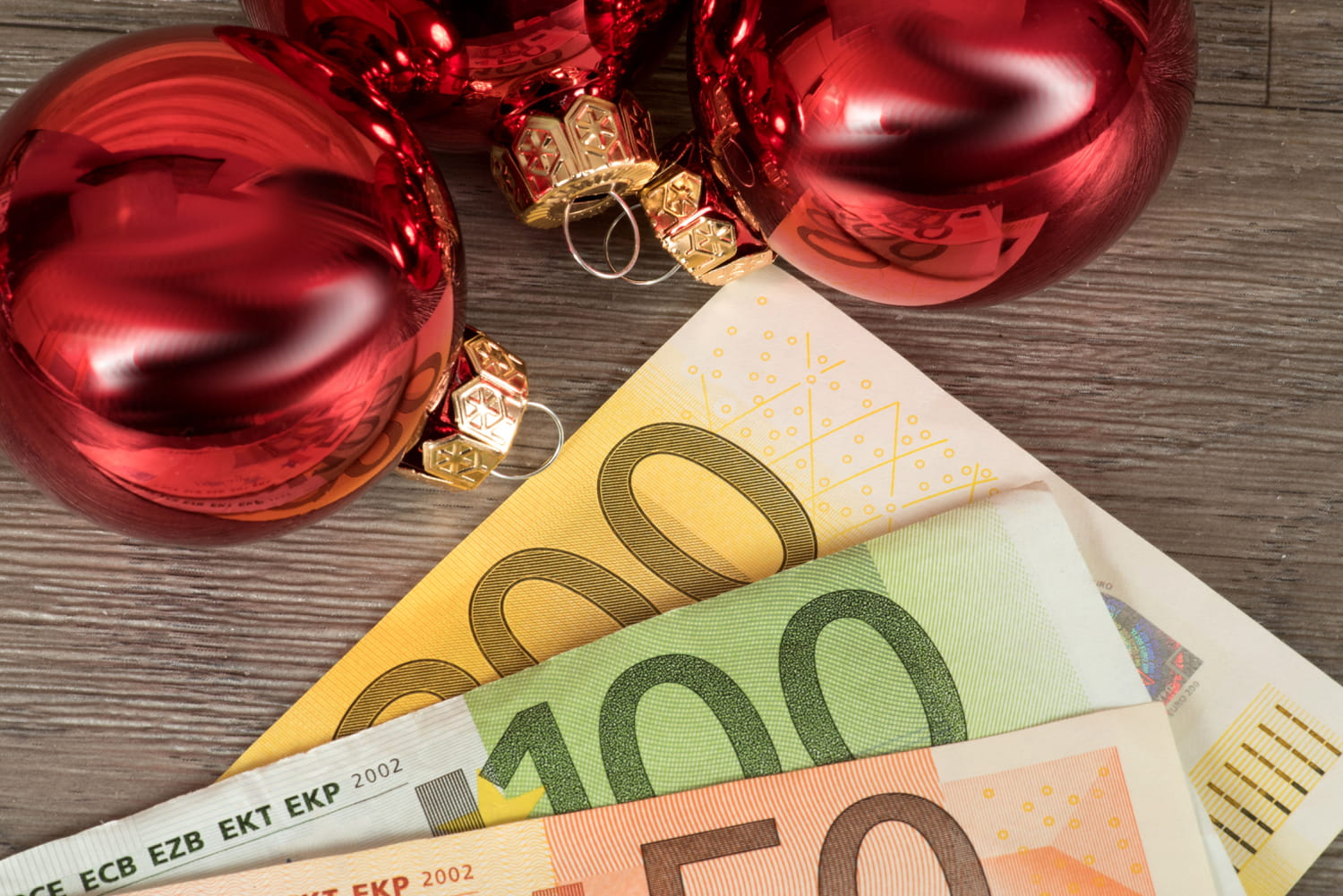A big boost to finance the gifts and start the year 2026 on the right foot.
Each year, the same scene is repeated: caddies that overflow in December, endless queues and an addition which leaves traces long after Christmas Eve. However, some homes have not experienced this blow for a long time. Their secret? They organize themselves from the start of the school year. Result: on Christmas Eve, they have a prize pool of 2,000 euros, without overdraft or credit.
According to a Cofidis study, households spend an average of 497 euros for this period alone, almost half of which only for gifts. In some families, the budget exceeds 1,000 euros, when we add toys, meals, trips and extras. Faced with this expenditure avalanche, many rely on the credit. According to the Banque de France, the period following the holidays is one of the most sensitive for payment incidents. Between January and March, reimbursement delays are increasing, a direct consequence of consumption concentrated in December. This is precisely what savers that anticipate in September.
The idea is not only to put money aside. It is based on a psychological mechanism: transforming constraint into a personal challenge. As with sports training or a food program, it is a question of imposing a clear rule, repeated daily, which quickly becomes a habit. The key, a double profit: the assurance of having a substantial envelope at the time of the holidays and the feeling of having regained control over its budget. Because the money put aside does not evaporate into everyday life: he is assigned to a specific objective, that of arriving on December 24 without financial anxiety. In practice, that changes everything: we buy without last minute panic, we select our gifts with discernment and we avoid impulsive purchases that weigh the note.
But then, how to transform three months back to school into such an important reserve? This is called the 100 -day challenge: a progressive savings system that starts at 50 cents, then increases by 50 cents every day, until December 24. In other words, you save 50 cents on the first day, then 1 euro on the second day, then 1.50 euros on the third day, then 2 euros on the fourth day, and so on until 50 euros on Christmas day. In total, you will have spared more than 2,000 euros if you follow the strict formula.
Some also prefer to start by sparing 50 euros on the first day, then decrease by 50 cents each day. Whatever the variant, the principle remains the same: transform the time that separates September from Christmas into an ally to finance the holidays and replace the anxiety of January by the satisfaction of having held a challenge.








